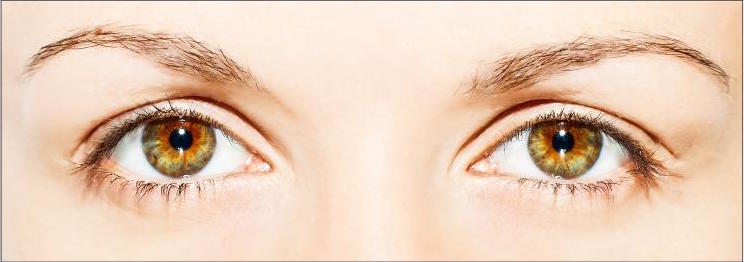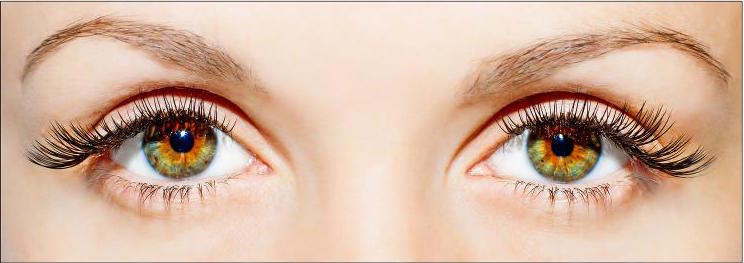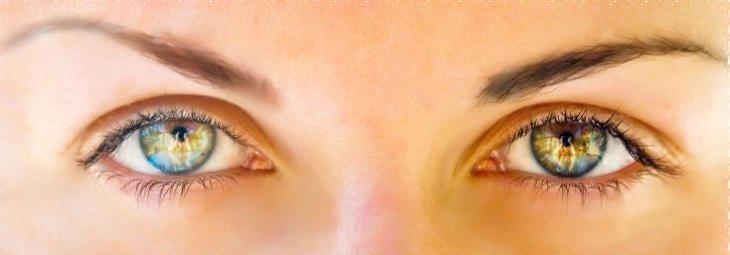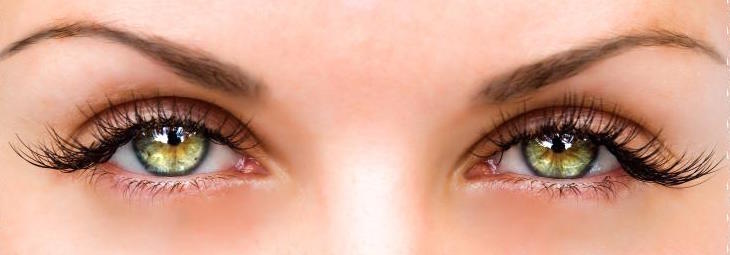About Eyelash Extensions
What is an Eyelash Extension?
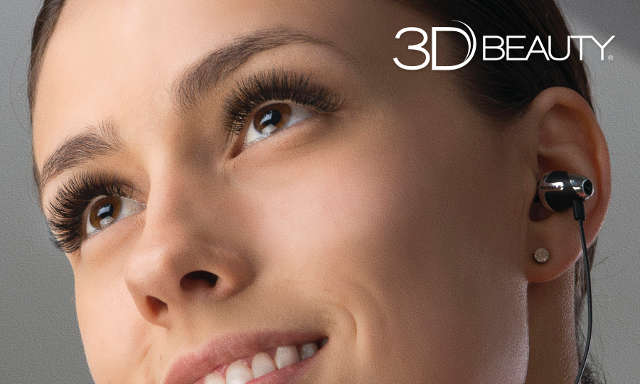
An eyelash extension is a small, shaped material that is placed on top of your natural eyelash in order to provide length and thickness. Most extensions are made from synthetic materials, but there are some made from natural fibers. However, the synthetic materials often last longer and are less likely to cause irritation or allergic reaction. A lash extension is designed to enhance the look and shape of the eye in a way that looks natural and does not hinder everyday activities.
Lash extensions are considered semi permanent beauty aids. This is because an eyelash extension is designed to stay on the natural lash for a rather long period of time (anywhere from four weeks to 100 days), but will eventually fall off. With proper bonding, a semi permanent eyelash extension will remain in place until the natural lash falls out. While not considered a permanent eyelash (as eyelash implants are), eyelash extensions can provide a pain free way for one to look one’s best and enhance one’s natural beauty.
It is possible to get eyelash extensions in nearly any color. There are many shades that closely match natural eyelash shades, as well as colors like purple and blue that are a little trendier. These lash extensions are meant to add color and depth, and give the illusion of wearing colored mascara while still looking like natural lashes.
Most people who wear eyelash extensions find them acceptable substitutes to wearing mascara. They give a look that is longer and thicker than mascara, and they accomplish the same thing as mascara but without the clumping that can occur with mascara. Additionally, because lash extensions are water resistant, they will not run and leave black streaks, nor will they fall off if you go swimming, cry, or sweat. However, if you so choose, it is possible to wear mascara. Just do not wear waterproof mascara, as it will dissolve the bond between natural lash and extension. Additionally, when removing the mascara, make sure that you use an oil-free remover, as oil will also dissolve the adhesive.
Usually after a full eyelash extension application, it is only necessary to go in for touch ups if you maintain a schedule of four to six weeks. If you only go in every two to three months, if is likely that you will need a full lash extension application each time you go in. Because natural lashes fall out at different times, the extensions that are bonded to them fall out as well. Touch ups can help keep your lashes looking thick, full, and beautiful, using the eyelash extensions to their full effect.
Difference Between Semi Permanent and Permanent Eyelash Extensions

A semi permanent eyelash procedure is one that lasts a fairly long period of time, but does not last indefinitely. Some of these procedures actually extend the lash, and some only have the appearance of extending the lash. Eyelash perming is one that merely gives the appearance of longer and thicker lashes. In reality this semi permanent eyelash solution just gives the illusion of thickness and length. Eyelash extensions, however, actually add length and volume to the lashes.
For an eyelash extension semi permanent solution, the extension is actually placed onto the natural lash in order to add length and a thicker look to the eyelashes overall. With proper application and bonding, the extensions stay on as long as the natural lash remains. While the procedure can last up to two months or more, it is recommended that you have touch ups every three weeks in order to keep the lashes looking filled in and natural. If you are only getting this solution once for a special occasion, it is recommended that you go in to have any remaining extensions removed after two or three weeks in order to prevent patchiness as the natural lashes adhere to their normal cycle.
A permanent eyelash solution is one that lasts a lifetime. Because natural lashes fall out, the only permanent eyelash solution is surgical implants. This procedure requires a graft from another part of the body, usually the nape of the neck. The hairs from this area are then transplanted, each individually, to the upper eyelid. These hairs will not ever fall out, as do eyelashes. However, they do need to be trimmed, as they will continue to grow. This procedure adds volume to the eyelashes, and can add some length if allowed to grow a little longer than the natural lashes. The procedure is done under local anesthetic, and usually takes right around an hour to complete.
Whether you choose a semi permanent or a permanent eyelash procedure, it is important to take some safety precautions to guard against ocular damage. Make sure that the person performing the procedure is properly licensed and that the work appears to be sterile. Additionally, and eye shield to protect the cornea is a good idea. Finally, make sure that you follow all instructions for proper care of your new eyelashes. No matter which way you decide to go in order to lengthen and thicken your lashes, the result can be more dramatic and attention-grabbing eyes, accented by beautiful, full eyelashes.
Difference Between Eyelash Extensions and False Eyelashes
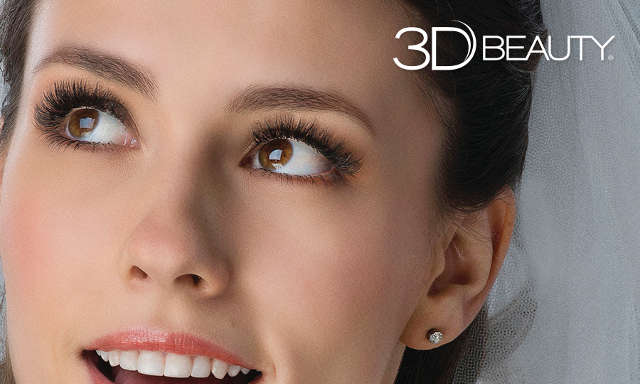
Many people think that there is no difference between an eyelash extension and false eyelashes. They think that the two achieve similar results and look similar. While the function of the two is the same (to give the lashes a fuller look, thus opening the eye), the results vary and the manner in which the goal is accomplished is different. In fact, when one views the results of both products side-by-side, there is no comparison; the eyelash extension is much more natural and better looking.
Most false eyelashes come in strip form. The strip contains a sticky adhesive that you apply to your upper eyelid. All of the lashes are arrayed on this strip and then attached to the lid. It is possible to purchase false eyelashes at almost any corner drugstore and beauty outlet. An eyelash extension, in contrast, comes individually. Each extension is made to look identical to a natural lash, and each is placed on top of the natural lash it is meant to extend. A special bonding solution is used to hold the extension in place. It should not touch the skin of the eyelid. Because each lash extension is precisely placed, it requires a professional to apply extensions, and it is not a procedure you can do yourself.
Unlike false lashes, eyelash extensions do not feel heavy on your eyelid. False lashes can weary the lid and feel heavy. They can also damage the natural lashes and cause them to fall out prematurely. Because an eyelash extension is an exact replica of an eyelash, it weighs about as much as a natural lash: practically nothing. You will not notice the addition of the extensions to your lashes, and they will not cause your natural lashes to fall out ahead of their natural cycle.
An eyelash extension will remain in place until the natural lash on which it rests falls out. This can be as long as two months or more. False eyelashes last only about a week at most. Additionally, there are many activities that you cannot do while wearing false eyelashes: swimming, heavy workouts, sometimes even sleeping. With lash extensions, however, it is possible to do any activity that you would normally do. The special adhesive creates a waterproof and sleep proof bond that will not break no matter the level of your physical activity.
Finally, false lashes tend to look, well, false. They are often glaringly fake and stiff, proclaiming to all that you are wearing false eyelashes. Eyelash extensions, on the other hand, look remarkably natural. They are flexible yet crimp-resistant and they can be supple and bouncy. This means that they move with your natural lashes. As long as you keep up with the applications, it is almost impossible to tell that you are wearing the extensions.
After seeing and feeling the differences between false eyelashes and eyelash extensions, you will know that choosing the eyelash extension will help you more effectively and naturally enhance your eyes and their natural beauty.
Before and After
Here’s a look at some eyelashes before and after extensions.

